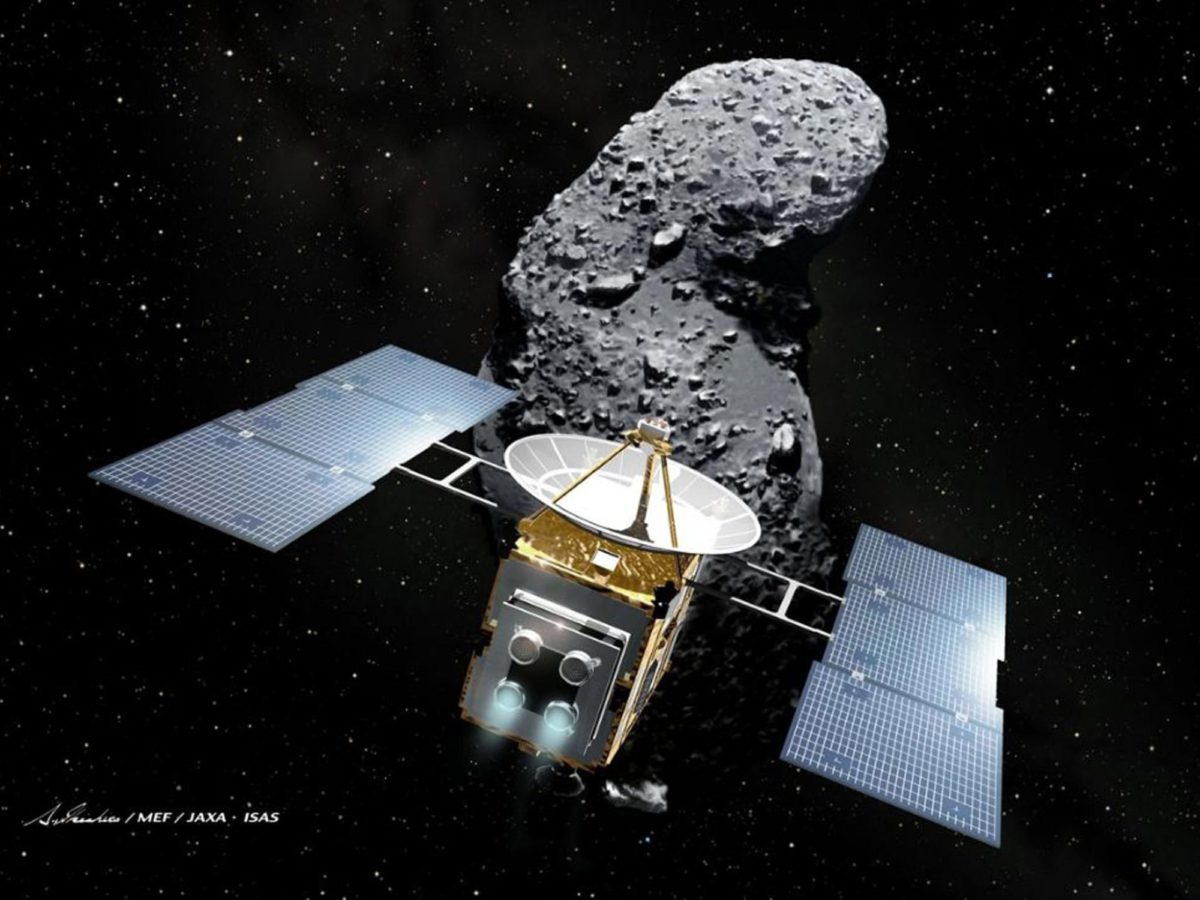Emily Lakdawalla • Feb 19, 2018
Ten times the solar system reminded us sample collection is hard
Some of the biggest discoveries we make in planetary science rely on the seemingly simple act of picking up and analyzing pieces of other worlds. Mars rovers like Curiosity are small-scale rolling laboratories that do their work on site, while missions like OSIRIS-REx are optimized to bring samples all the way home.
No matter the end goal, sample collection is hard! That's why The Planetary Society partnered with Honeybee Robotics on PlanetVac, a simple, reliable, low-cost sampling system designed to work in almost any planetary environment. In 2013, we helped fund a successful PlanetVac lab test, and this spring, we're helping Honeybee take the technology a step further. We’ll be announcing the details soon.
In the meantime, we're revisiting the general concept of planetary sampling, and some of the times it didn't quite go as planned. When things go awry, scientists and engineers can sometimes squeeze amazing science out of a tough situation. Here are ten times the solar system reminded us sample collection is hard, and why The Planetary Society is interested in projects like PlanetVac.
1. WHEN YOUR SAMPLE RETURN SPACECRAFT NEVER EVEN LEAVES EARTH
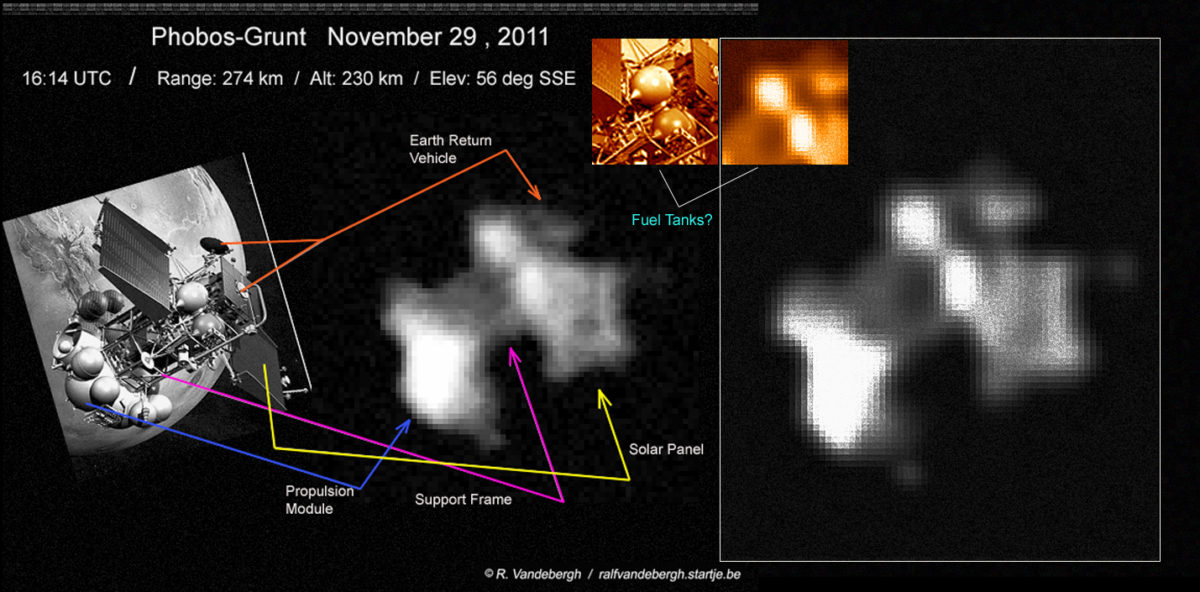
Russia’s Phobos-Grunt mission launched in 2011 to carry out a sample return from Mars’ moon Phobos. Although the launch was initially successful, the upper stage never fired its rockets, and the spacecraft’s orbit around Earth decayed in a matter of weeks until it finally plunged into the ocean, carrying with it China’s first attempt at a Mars orbiter as well as a Planetary Society experiment called Phobos LIFE. The failure report, released a year later, revealed that the spacecraft had been built with electronic components that were neither qualified for the space environment nor adequately tested before launch. “The Phobos-Grunt failure emphasizes the unforgiving nature of space exploration, where cutting corners in the spacecraft development, especially in testing, can be fatal,” wrote Society executive director Lou Friedman.
2. WHEN YOU DIDN'T USE THE RIGHT BLUEPRINTS FOR YOUR SAMPLE CHAMBER

NASA’s Phoenix lander went to a site on Mars where there was water ice close to the surface, and its goal was to scoop soil and rasp ice and deliver the material to laboratory instruments on board. One of those was TEGA, the Thermal and Evolved Gas Analyzer. During its development, the instrument team noticed a design problem with a bracket for its doors. They updated the blueprints but failed to flag the change in design to the manufacturer, and the manufacturer made it to the original design. As a result, the doors over the sample chambers only barely opened. It also turned out that the material that Phoenix was trying to deliver was very clumpy and sticky, refusing to fall from the scoop or fall through the sieves protecting the sample chambers. Despite all this, the team was able to get soil into most of the sample chambers before the mission ended, producing good science on modern Martian soil chemistry.
3. WHEN A KILLER SOLAR FLARE SWATS YOUR SAMPLING SPACECRAFT
JAXA’s Hayabusa launched on May 9, 2003 to rendezvous with a tiny near-Earth asteroid and bring back a sample. The cutting-edge mission used four solar-powered ion engines as its main propulsion source. The mission was running smoothly -- until the largest solar flare in recorded history erupted on November 4. The solar flare damaged Hayabusa’s solar panels, which directly affected the power of its ion engines. The flare also damaged one of the four engines. Hayabusa kept going, and though its arrival was delayed by the reduction in power, it reached asteroid Itokawa in September 2004.
4. WHEN YOU GET A LITTLE TOO MUCH SAMPLE

Apollo 17 was the last human mission to the moon and perhaps the most ambitious. For the first time, one of the astronauts, Jack Schmitt, was a bona fide geologist. As with previous Apollo missions, Schmitt and fellow moonwalker Gene Cernan brought along an electric-powered rover to drive long distances across the lunar surface in search of rock and soil samples selected with Schmitt’s expertise. Unfortunately, on the very first extravehicular activity, a rock hammer in a pocket on Cernan’s suit caught one rear fender of the rover, tearing it off. Cernan was able to repair the fender with duct tape, but the repair didn’t last and the rover was showered with soil that had numerous negative effects, not the least of which was the cost in precious time to dust it off. While the astronauts slept, creative minds in mission control came up with a solution. They instructed the astronauts to craft a replacement fender out of duct tape and maps. The fix held for 29 kilometers of driving. When their last extravehicular activity ended, Cernan removed the replacement fender, bringing it back to Earth.
5. WHEN YOUR ASTEROID GRAVEL KNOCKER-OFFER DOESN'T WORK

The solar flare wasn’t the last problem that Hayabusa faced. It was designed to obtain samples by descending to the surface, pressing a sampler horn against the asteroid, and then firing a “bullet” at the surface that would kick gravel into its sample catcher. Hayabusa landed twice, but engineers later concluded that the bullet probably never fired. They didn’t know whether they had collected sample or not. But they had hope that some sample might have floated into the canister during the unexpectedly long period it spent close to the asteroid during the first landing. They fought to bring the spacecraft back home through a series of troubles, eventually returning the capsule to Earth on June 13, 2010. The heavily damaged spacecraft could not be steered away from Earth and burned up in the atmosphere, but the capsule landed safely.
6. WHEN YOU DISCOVER TONS OF METHANE ON MARS BUT IT TURNS OUT YOU BROUGHT IT WITH YOU
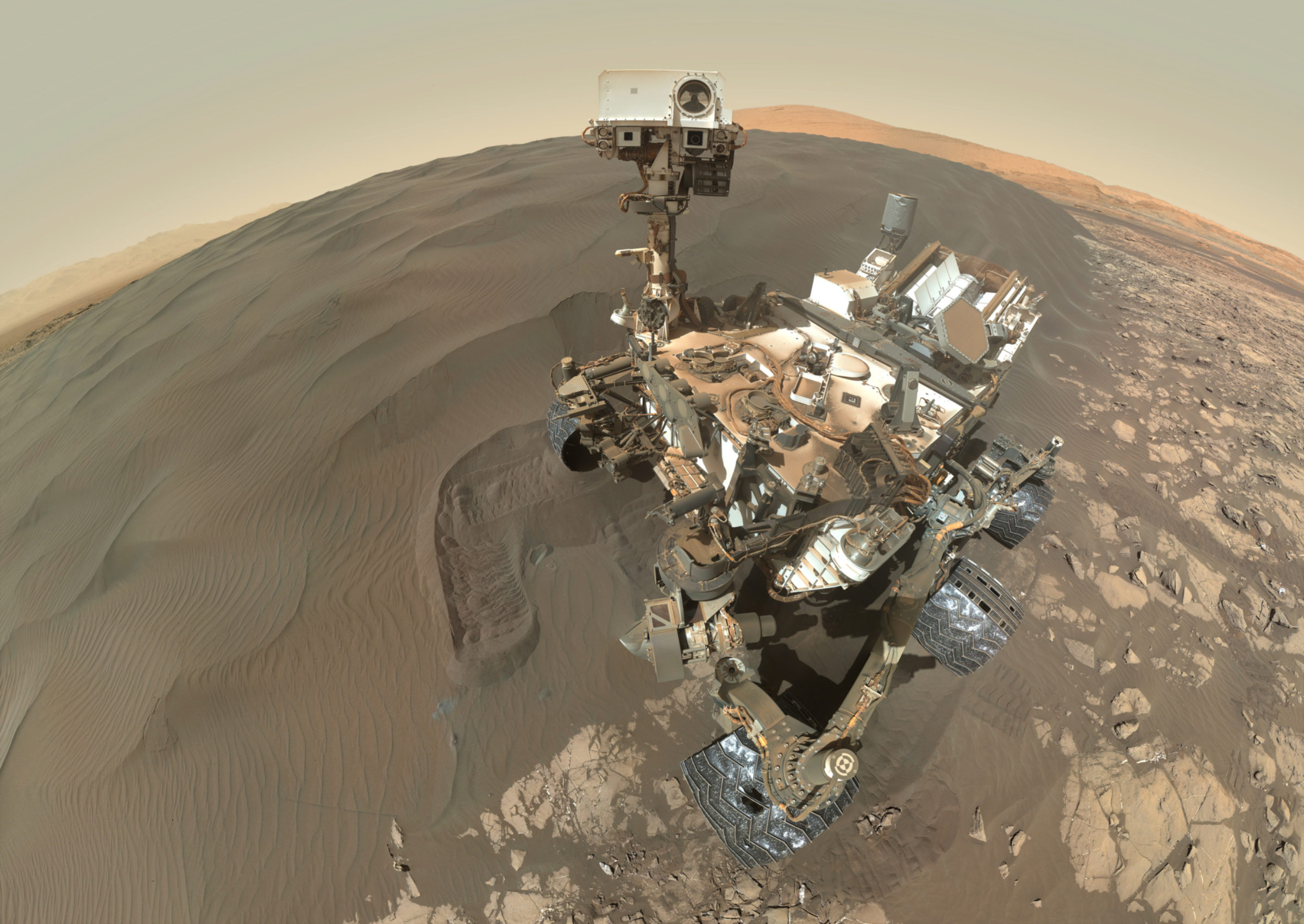
Curiosity’s most complex instrument is the Sample Analysis at Mars (SAM) suite, which can ingest both solid (powdered) rock and gas from the atmosphere to measure its chemical and isotopic composition. One component of SAM, the Tunable Laser Spectrometer (TLS), specifically focuses on abundance of, and isotopes in, methane, carbon dioxide, and water. The methane abundance measurement was hotly anticipated. When TLS first measured Mars’ atmosphere, it immediately found a lot of methane. Too much, in fact. To their dismay, the SAM team discovered that one chamber of the TLS had had a leak on Earth, allowing some air in. The “Florida air” (as they call it) contained Earth methane, so much of it that it swamped the Mars signal. Fortunately, the team was able to develop a workaround to subtract out the effects of the leaked air on the Mars results, and have been measuring low background levels of methane on Mars with occasional fascinating spikes.
7. WHEN YOUR SAMPLE-RETURN SPACECRAFT DOESN'T STICK ITS LANDING

The Soviet Union ran a highly successful robotic lunar sample return program, but in the midst of a string of successes, there was one notable failure. On November 6, 1974, Luna 23 descended to the lunar surface, but suffered damage during landing. It returned data for three days, but its sampling drill -- which was designed to penetrate 2.5 meters into the surface -- didn’t work. When Lunar Reconnaissance Orbiter imaged the landing site nearly forty years later, it revealed the cause: Luna 23 had actually fallen over upon landing, dooming the mission. The Soviet Union built and launched Luna 24 two years after Luna 23, retrying sampling of Mare Crisium, and finally succeeded, bringing 170 grams of material back to Earth on August 22, 1976.
8. WHEN YOUR SAMPLE-RETURN SPACECRAFT DOESN'T STICK ITS LANDING, PART 2
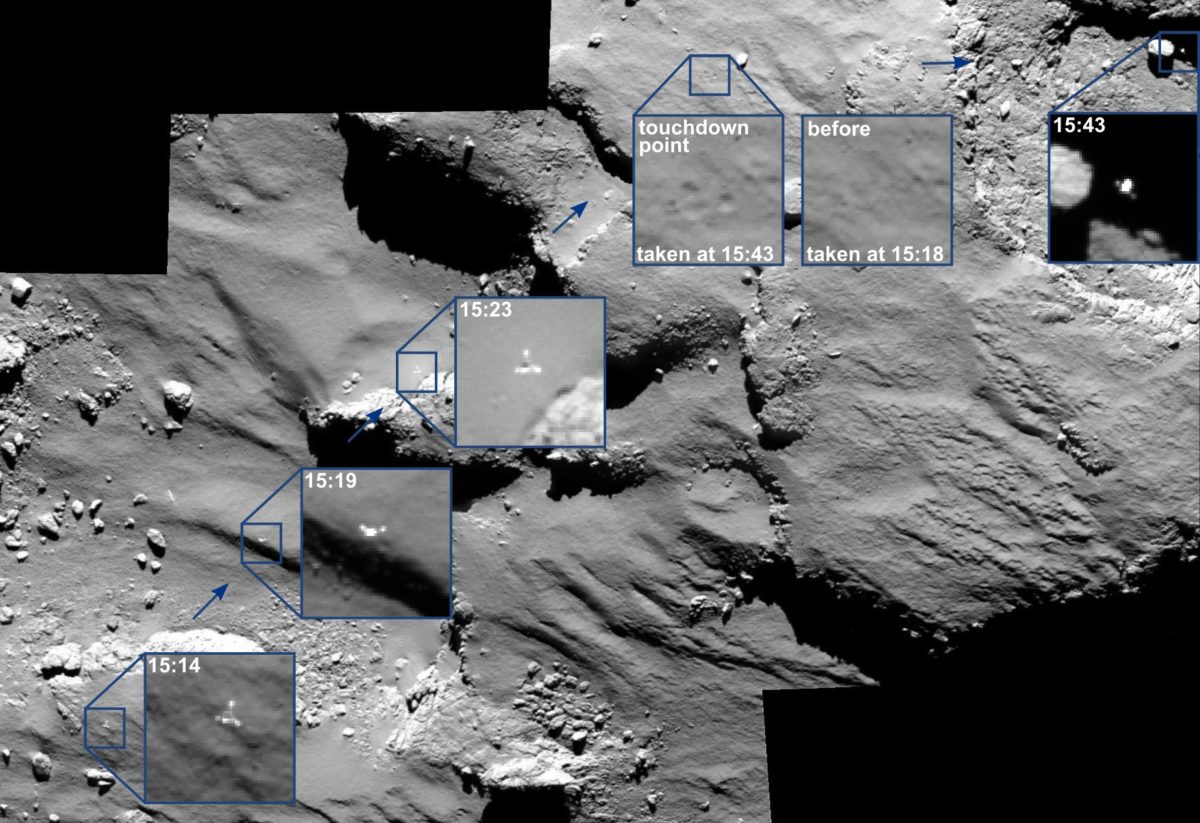
ESA’s Rosetta mission, the first orbital mission to a comet, was a triumph. Only one aspect of it didn’t quite work as planned. As one of its many scientific experiments, Rosetta carried a tiny lander named Philae, which was designed to land on the comet nucleus, measure its properties in situ, drill into it, and deliver samples to an oven. The oven would bake the samples, releasing the gas to a gas chromatograph/mass spectrometer for analysis. Unfortunately for the experiment, none of the three mechanisms intended to attach Philae to the comet’s surface upon landing worked. As a result, the spacecraft bounced, floated far across the comet under its very low gravity, and when it finally came to rest, was stuck in a crack with little access to solar power, but not firmly attached. The mission operated the drill on the last day of Philae’s operational life, but it probably did not work. Later images of the lander from Rosetta show Philae on its side; the drill would’ve sampled empty space. Despite the challenges, Philae was able to return some significant science results, and the Rosetta mission as a whole was a huge success.
9. WHEN YOUR SAMPLE-RETURN SPACECRAFT STICKS ITS LANDING A LITTLE TOO HARD

Genesis was a space mission that collected samples of the solar wind and returned them to Earth. It was to enter Earth's atmosphere and, after deceleration behind a heat shield, open a parachute; then, in a stunt worthy of an action movie, a helicopter pilot was supposed to snag the parachute in midair, reeling in the return capsule and gently carrying it to ground. Infamously, the parachute failed to open because a sensor had been installed improperly, and the return capsule slammed into muddy soil. Many of its precious pristine collectors were shattered upon impact, and dirty desert air leaked inside the capsule. Still, scientists expressed hope that the samples were recoverable, and indeed they proved to be mostly intact -- though their recovery would take much more effort than had originally been planned. The landing disaster definitely slowed the pace of science results from the mission, but science happened.
10. WHEN YOU OPEN YOUR SAMPLE-RETURN CAPSULE AND FIND OUT IT'S EMPTY
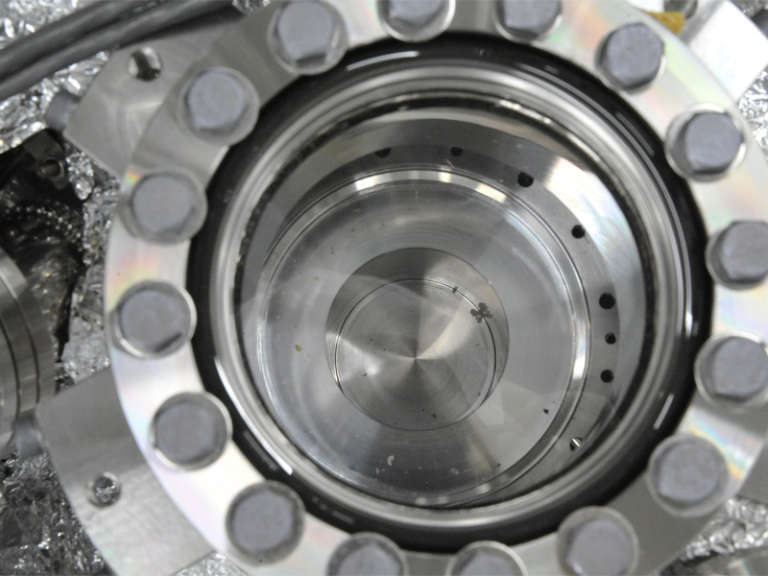
Yes, it’s the third time we’re returning to poor Hayabusa. The spacecraft had returned to Earth, burning up on reentry but safely delivering its sample capsule to the Australian desert. JAXA returned the capsule to Japan, opened it, and found the interior to look as pristine as when the spacecraft had launched. The “bullet” definitely had not worked. Was all the effort to keep the damaged spacecraft going and return its samples to earth in vain? Fortunately, Hayabusa’s story has a happy ending. Microscopic examination revealed a few tiny dust particles. The mission invented a special Teflon spatula that they used to gently swab the interior. They collected 1500 dust grains, most of them less than 10 microns across. Laboratories around the world were already prepared to deal with such tiny, precious specimens, thanks to the success of NASA’s Stardust comet-sampling mission. JAXA generously shared samples with those worldwide labs for scientific analysis, and, in the end, the mission has been a great scientific success.
Support our core enterprises
Your support powers our mission to explore worlds, find life, and defend Earth. You make all the difference when you make a gift. Give today!
Donate

 Explore Worlds
Explore Worlds Find Life
Find Life Defend Earth
Defend Earth


